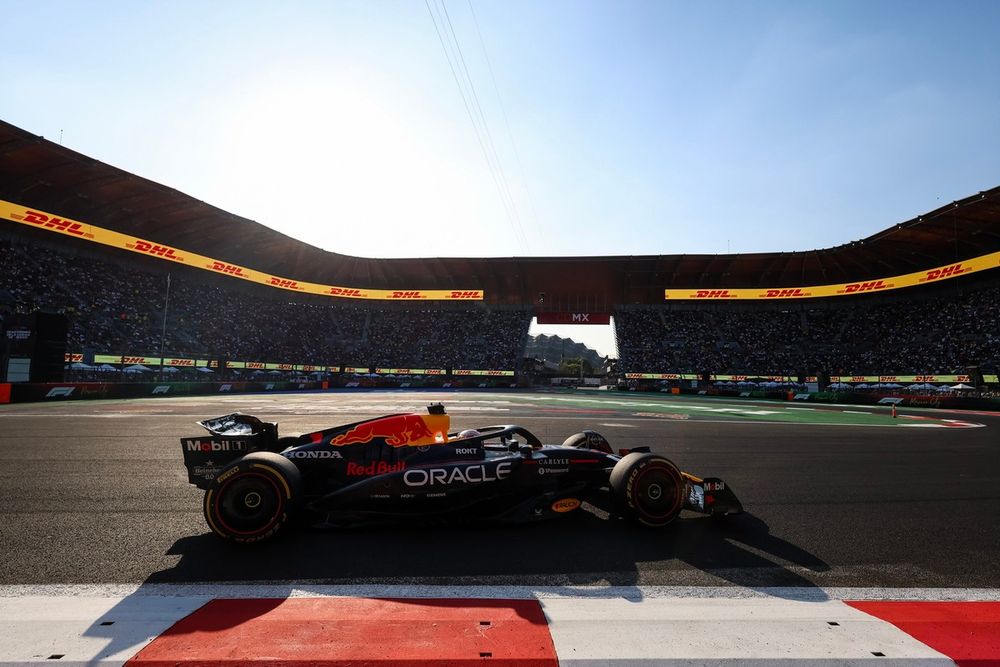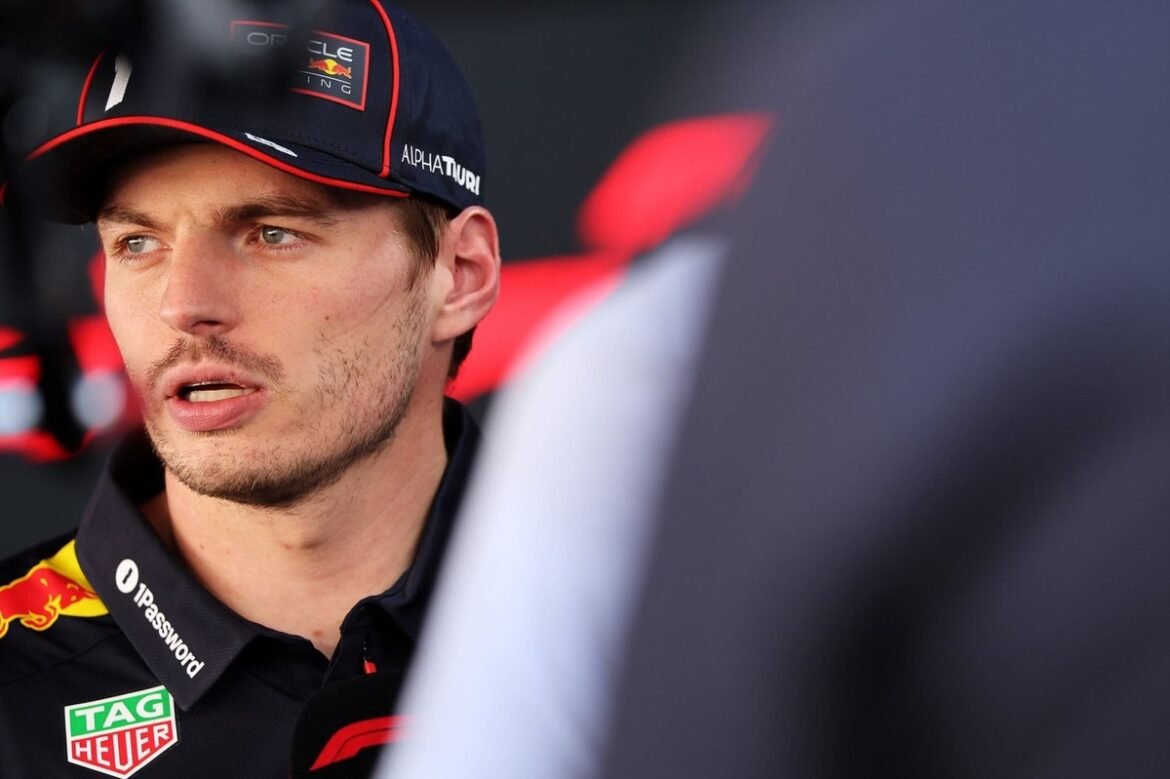To watch Max Verstappen methodically but seemingly inevitably reeling in the previously dominant Mercedes pairing of Oscar Piastri and Lando Norris, it’s easy to forget that just over three months ago speculation was rampant that he had lost interest in this season and was even planning his exit from Red Bull.
Whereas last season Verstappen began with the fastest car on the grid, only for that pre-eminence to fall away abruptly, this year’s RB21 was awkward out of the box, lacking stability in fast corners. It only came into its own, relatively speaking, at bumpier circuits where it had the redeeming feature of generating respectable downforce levels at higher ride heights.
Although Verstappen spent his first few seasons in F1 equipped with cars which were not always the fastest or the most reliable in the grid, he has always been a demanding and ferocious competitor. In recent seasons he has come to expect to have the best equipment, but he is at a very different point in his career than he was 10 years ago. Since the middle of last season he has been much more proactive in terms of pushing the factory to do better.
“This year’s challenged him in a different way, I think, because we’ve not presented him with a car that was necessarily quick enough at all the events,” said Red Bull chief engineer Paul Monaghan ahead of a Mexico Grand Prix which is likely to have a major impact on the shape of the title fight.
“But he was always of the view that the team is in it, therefore he’s in it, and he will help and contribute as much as he can to help pull us out of it. So, he’s an extraordinary driver, and that is in and out of the car.
“He’s one of those mercurial ones that can help pull the team together, not the sole part of it, he is a very big part of it, and it’s just nice that we’ve got him.”
Paul Monaghan, Chief Engineer, Red Bull Racing, Max Verstappen, Red Bull Racing, 1st position, talk in Parc Ferme
Photo by: Glenn Dunbar / Motorsport Images
In the first half of this season, Verstappen stayed in the game by scoring more points than he otherwise would have done when McLaren’s drivers fell short (such as Piastri’s spin in Australia, and both McLaren drivers underperforming in qualifying in Japan, a race where overtaking proved borderline impossible). Apart from his moment of madness with George Russell in Spain and being clattered into by Andrea Kimi Antonelli in Austria, he has generally extracted the maximum from the car.
But he was very vocal from the start of the season that the team should stop wasting energy accusing McLaren of cheating and focus on improving the car. The removal of team principal Christian Horner in summer, to be replaced by the more engineering-focused Laurent Mekies, overlapped with an improvement in performance, but of course the upgrades requiring long lead times will already have been in the system by then.
Mekies has said that based on his first months at the helm, he’s even more impressed by Verstappen than he used to be, having seen his energetic contributions in the garage and factory, really pushing the technical team. It’s the transformative nature of Red Bull’s improvement from the Monza weekend onwards which has made Verstappen’s championship comeback a more serious proposition.
It’s been Verstappen’s contention from the off that the potential was in the car, but that it was too hard or even impossible to access, given its behaviour at lower ride heights. He has said that greater understanding has enabled the team to unlock that potential – and rivals have suggested this revolves around adjustments to the floor and suspension which enable plank wear to be far less critical at the rear end.
Now, of course, Verstappen is wondering why this development didn’t come about earlier.

Max Verstappen, Red Bull Racing
Photo by: Steven Tee / LAT Images via Getty Images
“I think there are many things that come together,” said Monaghan. “A lot of work went in, even from the very early races of this season, to try and give ourselves a better car. We thought we’d identified what was wrong, and it took us a couple of steps to really get to that, and not just take a load of downforce out of the car.
“So the combination of things as we arrived towards Monza was that the car has been a lot better. I wouldn’t have said it’s one thing in isolation. It’s not one or two set-up items. It’s not necessarily some bodywork geometries.
“Many things happened in the right order. We might be disappointed with the timing of them. That’s life.”
We want to hear from you!
Let us know what you would like to see from us in the future.
– The Autosport.com Team

